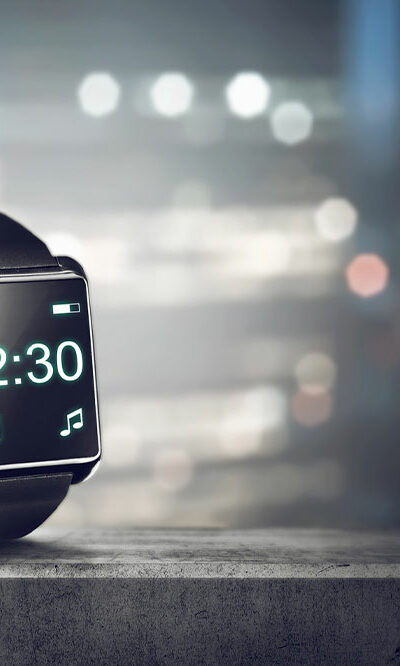
7 lesser-known signs of multiple myeloma
Multiple myeloma is a type of cancer that primarily affects the plasma cells found in the bone marrow. Plasma cells typically produce antibodies to help the body fight infections. However, in multiple myeloma, certain plasma cells become cancerous and start to multiply uncontrollably, crowding out healthy blood-forming cells in the bone marrow. These cancerous plasma cells can produce abnormal proteins, which can accumulate in the blood and urine, leading to various health problems. Here are the lesser-known signs of multiple myeloma: Recurrent infections Multiple myeloma weakens the immune system, making individuals more susceptible to infections. However, this sign is often overlooked or attributed to other causes. Recurring or persistent infections, such as respiratory infections, urinary tract infections, or skin infections, can be an early indication of an underlying immune system dysfunction caused by multiple myeloma. The connection between multiple myeloma and infections lies in the disease’s impact on plasma cells’ production of antibodies. As the cancerous plasma cells multiply in the bone marrow, they crowd out healthy cells responsible for producing antibodies, impairing the body’s ability to fight infections effectively. Recognizing the link between recurring infections and multiple myeloma can lead to earlier diagnosis and treatment, which may improve the patient’s overall prognosis. Unexplained anemia Though anemia is a common complication for those suffering from multiple myeloma, it can manifest in subtle ways that are often overlooked. Anemia is caused by a shortage of healthy red blood cells and can manifest in symptoms such as fatigue, weakness, and pale skin. In multiple myeloma, anemia may develop due to the cancerous cells infiltrating the bone marrow and displacing normal blood cell production. Anemia in multiple myeloma is less known because it can be mild and may not cause significant symptoms initially. Patients and healthcare providers may attribute fatigue and weakness to other factors, delaying the diagnosis of multiple myeloma.










